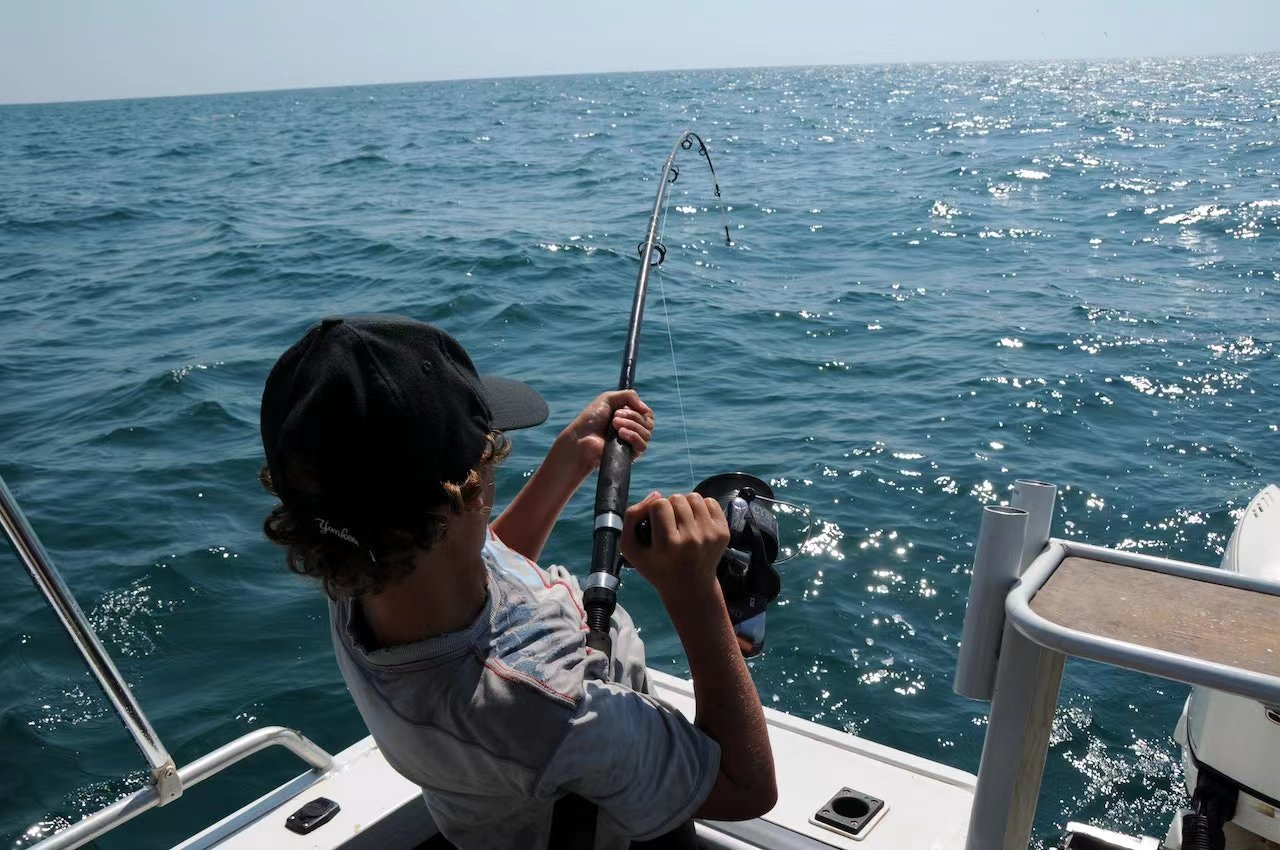- Compared to fishing in freshwater waters, sea fishing is becoming more and more popular among anglers due to its complex environment and powerful catches. However, the environment of sea fishing is completely different from wild fishing and black pit fishing in freshwater. Past experience is often useless. If you don’t have a certain understanding of the sea, even if you are an old angler, your catch is likely to be completely inferior to that of a newcomer. In this article today, let’s talk about some common techniques for sea fishing.
The first one: Observe the tide
The tide is a very important part that affects the catch, and it is also the biggest difference between sea fishing and freshwater fishing. Since there is no tidal influence in freshwater fishing, many old anglers tend to ignore the role of tides when fishing. However, in the ocean, the role of tides is very huge. The activity patterns of most offshore fish are based on the laws of tidal activities. Therefore, we must fully understand the classification and time of tides. From the first to the third day of each month, and from the sixteenth to the eighteenth day of each month, there are high tides, which are also the most active time for fish. When big fish appear, you can choose shore fishing and rock fishing. The low tide is concentrated from the 7th to the 9th day of the first lunar month, and from the 22nd to the 24th day of the second lunar month near the end of the month. You can choose to fish by boat and go to a relatively far sea area to fish. In addition, when watching the tide, you must learn to grasp the golden time. In the alternation of the tide, there are several golden time points that are most suitable for fishing. This involves some mathematical calculations, calculating the time of the tide into ten parts, each of which is more than 30 minutes. Therefore, some experienced anglers will mention the name “two-eight tides”, which refers to two points after the tide recedes and eight points when the tide rises, that is, one hour and fifteen minutes after the tide recedes, which is exactly the sum of the two parts of time, and eight points is less than five hours before the tide rises. Grasping the golden time for rock fishing or boat fishing is an important task for sea fishing. Don’t wait until the tide changes many times and no fish is hooked before regretting it.
Finally, when we observe the tide, we mainly need to observe the flow form of the tide, that is, when the tide comes, the dynamic changes of the tide in the horizontal direction. There are usually several forms of expression, such as six states: fast, slow, return, rest, bright, and dark, which just constitute three pairs of opposite states. The state of the ocean current affects the way fish move in the seawater. Generally speaking, the return time is the golden time for fishing. Before boat fishing, you can consult old fishermen to learn how to judge the performance of the return flow.
The second: Finding the fishway
The so-called fishway is the track where the fish swim. When we look for the fishway, it is equivalent to choosing a fishing spot in freshwater fishing, and we need to avoid areas where fish do not go. Because the seawater is relatively deep, it is not easy to find the track where fish swim. My most commonly used method is to follow the seabirds. Because of the survival of the fittest, seabirds want to eat fish, so they naturally have to find the underwater fish first, so the place where there are seabirds is often the fishway. Therefore, when choosing a fishing spot in sea fishing, the first thing is to find seabirds. If you find that seabirds gather somewhere and fly up and down, then there should be a lot of fish under that water area, and you can put the hook. Another method is to choose a fishing spot according to the habits of the target fish, because each target fish has its own unique living habits. For example, topaz likes to move in the reef area, so we can find the reef first. Although this method does not save time by following the activities of seabirds, it is not bad in terms of effect.
The third one: Identify the wind direction
Another important skill of sea fishing is to learn to observe the sea breeze and find the right time to go out to sea with the right wind direction. Windless weather is not a good time for fishing. As the saying goes, there is no wind without waves. Waves are tides. Without tides, there will be no fish movement, and naturally there will be no good harvest. The wind blows the water surface, bringing more oxygen to the seawater. The increase in dissolved oxygen makes the fish more active and increases the probability of catching fish.

Post time: Jul-28-2024